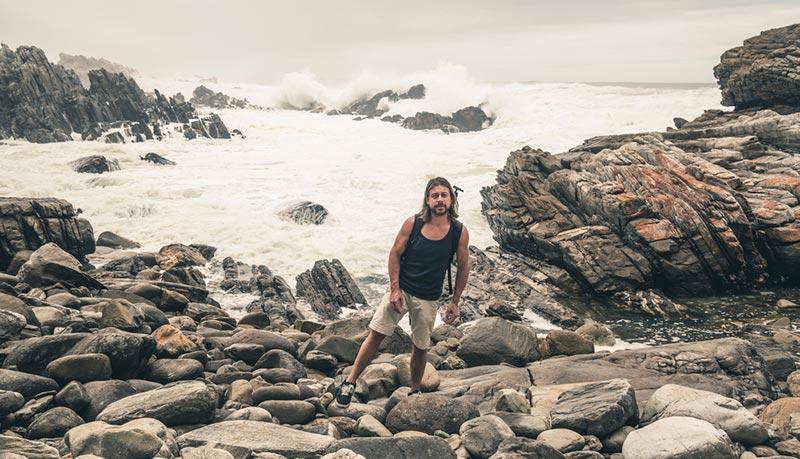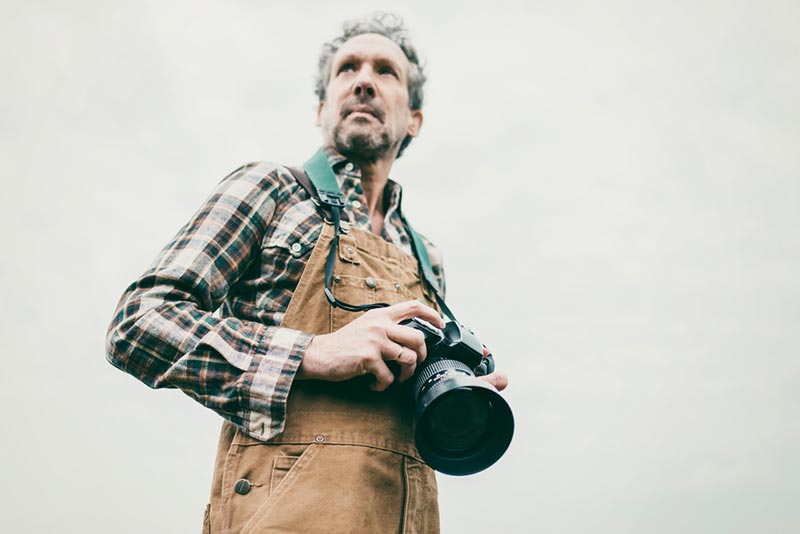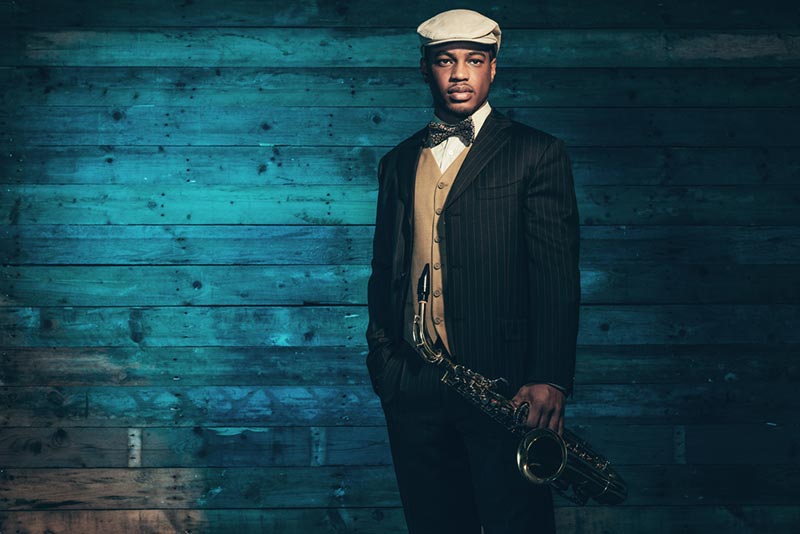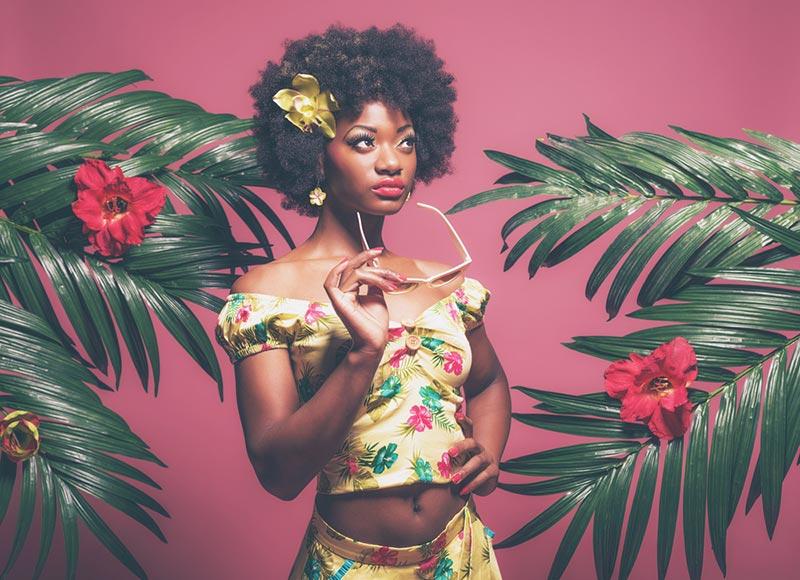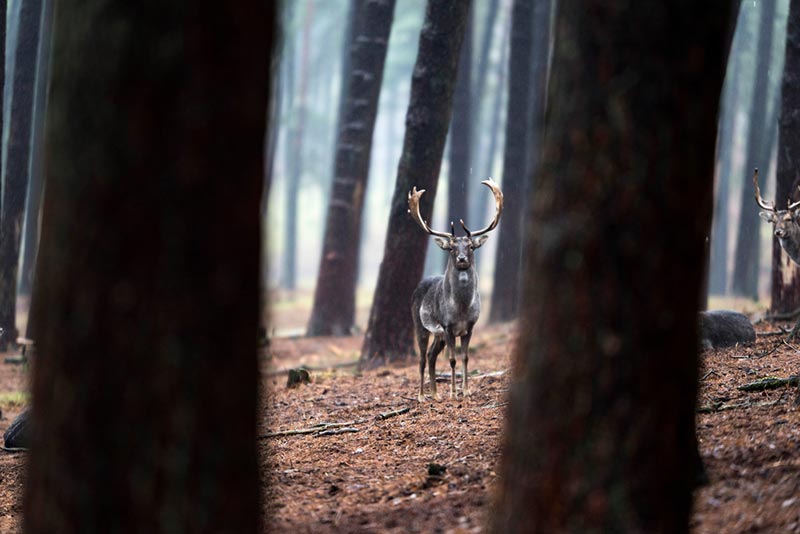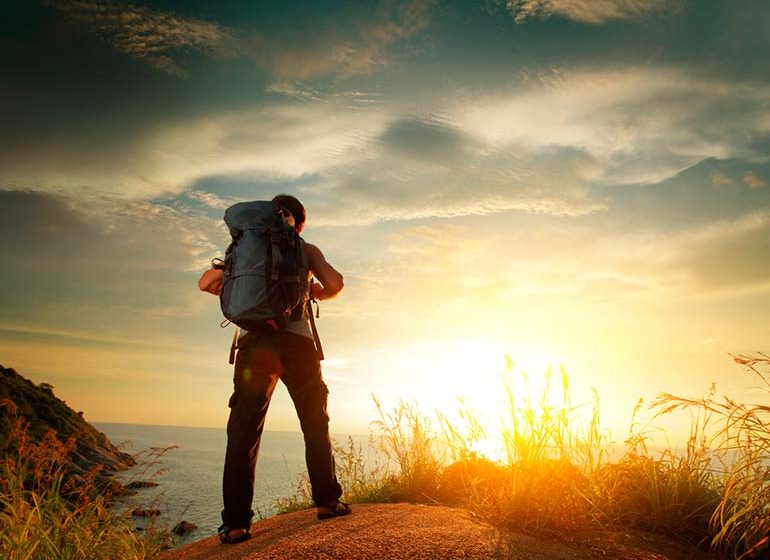Retro Vibes: Interview With Ysbrand Cosijn
One of our top contributors, Ysbrand Cosijn, ventured into stock photography because he couldn’t find the images he was looking for. His solution? To produce those photographs himself. Although his portfolio is a lively curation of many subjects, something that makes his photography stand out is his own niche. Ysbrand photographs the past and the present which coexists in his rich portfolio of very versatile work.
His portfolio is largely made up of wildlife photography, portraits, people and a collection of retro shots. To be able to photograph the past and still make it relevant today is truly a gift of the few. Here are some of Ysbrand’s thoughts on his work, inspiration and stock photography.
When did you know you wanted to be a photographer?
As a graphic designer, I needed a stock photo which I couldn’t find at any agency so I decided to make the photo myself. I discovered that I loved it much more than graphic design so I started to develop myself as a photographer.
How did you get started in stock photography?
After developing myself as a photographer, I came to a point where I wanted to earn money with my images. I started selling images at stock agencies and I still do.
Was it difficult to break into the market? Was there a pivotal point?
In december 2009, I uploaded my first images to a stock agency and in the beginning I had a lot rejections. For me personally, it was a learning curb and it helped me develop my skills further.
Do you have any advice for young entrepreneurs starting their own business in stock photography?
First of all, find out what kind of photography you like to do and what you are really good at. It’s a lot of trial and error. Shoot as much as you can and develop yourself and be very critical of your own work. Develop your own style!
Why do you think images are so important?
Images are very good for communicating feelings and emotions. It’s much faster and more impactful to communicate which images instead of words.
How do you work with models so that they look natural and comfortable?
First, have a talk with your models to get used to each other. Tell them as concisely as possible what the idea of the photoshoot is. During the photoshoot, don’t be afraid to improvise and let the model improvise. Don’t be too direct or too strict – you’re trying to create a relaxing atmosphere.
How much time does post processing take?
Per image, it takes about 5 minutes.
Who are your favourite photographers?
Annie Leibovitz, Erwin Olaf, Patrick Hoelck, Norman Jean Roy, and Konsta Punkka.
Are there some themes and trends that will never be out of style?
In my opinion, retro will last forever.
What are your plans for the future?
Become a better photographer and do more wildlife photography
What’s been the biggest mistake you’ve had to learn from during your career?
Think becoming rich from stock photography and that it would a laid back job.
Your #1 photography tip or words of wisdom:
Find out what you are good at and what you like to do the most!
